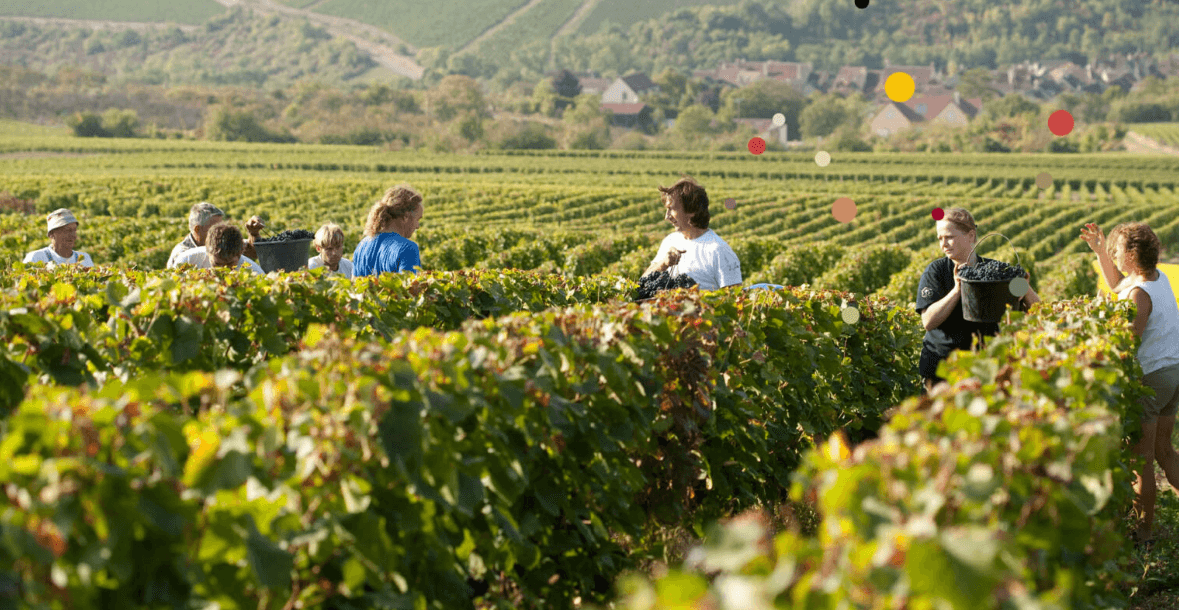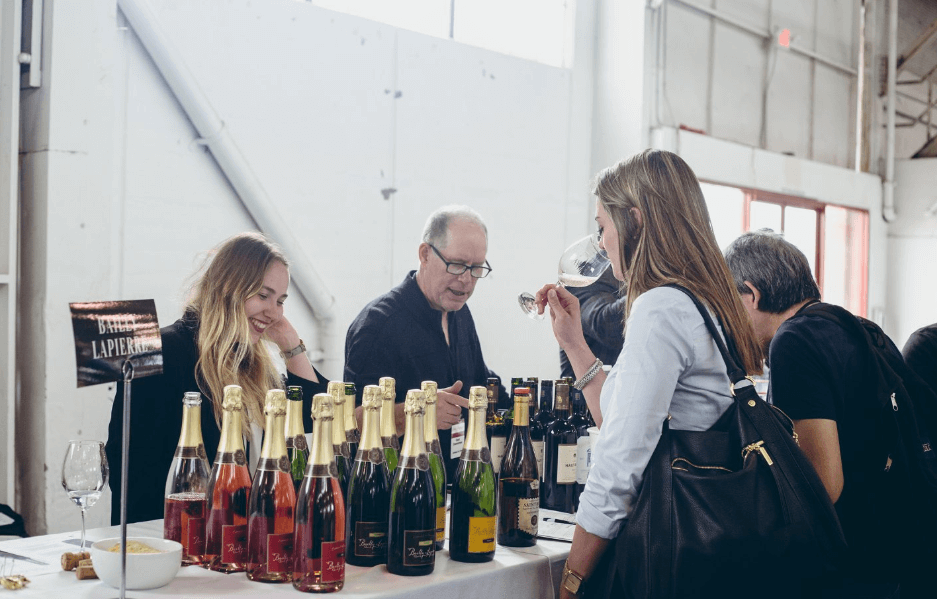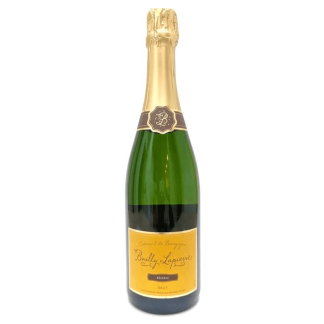Description
About Bailly Lapierre Wines
During the Jurassic period 195 million years ago, the slow breaking-up of the Pangaea land mass gave rise to the Tethys Sea. Present-day France was completely under water. A few islands emerged, tropical in type, and the landscape would have been like the Caribbean as we know it: an island (now the Morvan), a coral barrier reef (Mailly-le-Château and Arcy-sur-Cure) and a shallow lagoon (Saint-Bris) forming a habitat for shellfish and ichthyosaurs. Slow sedimentation resulted in the build-up of great limestone deposits that erosion later cut away, forming the Yonne valley and the limestone outcrops, more or less deep, that run from Courson-les-Carrières to Châtillon-sur-Seine. Thus the site at Bailly was born.
Bailly was early recognised for its stone which was first extracted in open quarries, as is clearly evidenced by the rock faces now hidden by vegetation. But the success of quarrying at Bailly was truly sealed when, in the Middle Ages, in 1186, Pontigny Abbey acquired the site: Bailly would supply the stone for some of the greatest works in France’s architectural heritage -the Pantheon, Notre-Dame de Paris, Chartres Cathedral… The changeover to underground extraction probably occurred towards the end of the medieval period or the beginning of Renaissance, until quarrying finally ceased altogether at the beginning of the 20th century. At this point, the extraordinary natural conditions so suited to special conservation infused in the quarries a new life: mushroom cultivation first (1927-70), then wine cellars from 1972 onwards.
Thus, something akin to a second youth has come to Bailly’s renowned stone, basis of the subsoil and of the outstanding terroir, and exploited by man through long centuries.
In taking hold in Burgundy, the vine has moved northwards beyond the limit of its “natural” growing conditions. It has prospered here thanks only to the diligent care and effort of the winegrowers allied to the particularly favourable geology. The success of the great Burgundian vineyards is the outcome of a longstanding mutual interplay dating back to at least the late (Gallo-) Roman Empire, between man, the grape varieties he has painstakingly selected and nurtured, and the terroir to which they have adapted.
In the landscape atlas of the Yonne département, the area of hillside vineyards around Auxerre is defined as “agricultural gardenland”, forming landscapes of great quality. In this area, the places where the vine flourishes are limited to only certain locations. Though the slopes around Chablis are almost exclusively devoted to vineyards, south of Auxerre the vine is scattered here and there, growing only on hillsides overlooking both banks of the River Yonne. This sporadic appearance of vineyards in the landscape enhances their remarkable impact and value. Around our villages the vine goes hand in hand with other farmland (meadow, crop field, woodland and fallow), and the cherry orchards especially stand out as their silhouettes, shaped by pruning, combine with the often bare ground to form an outstanding and unusual display.






